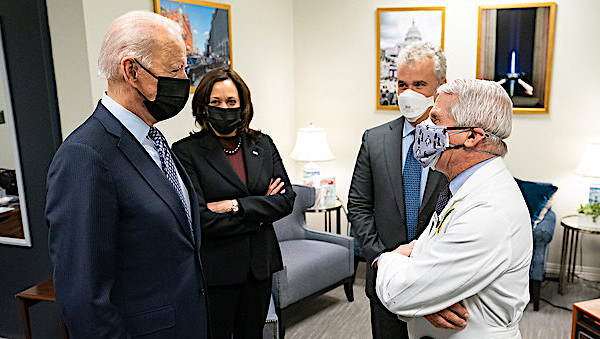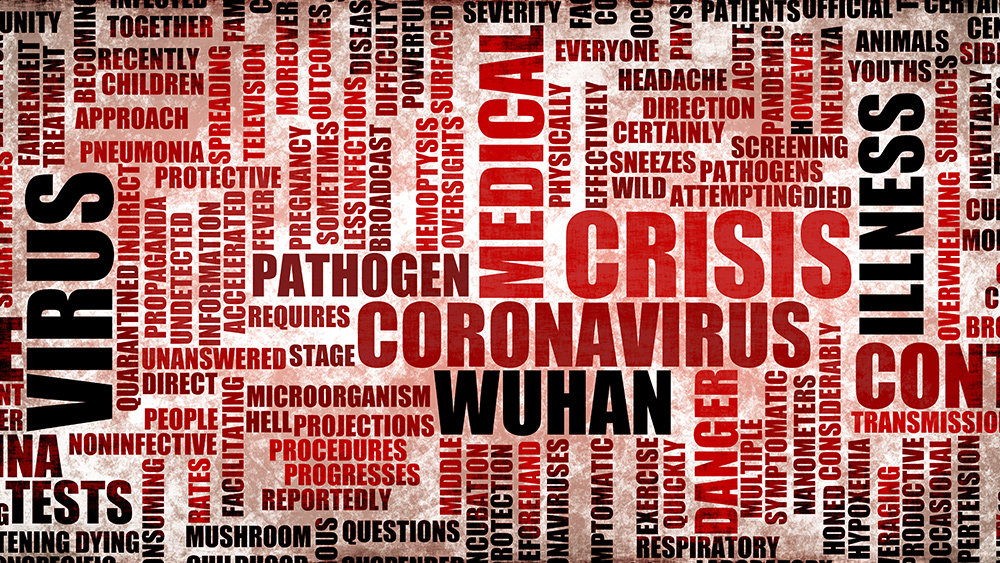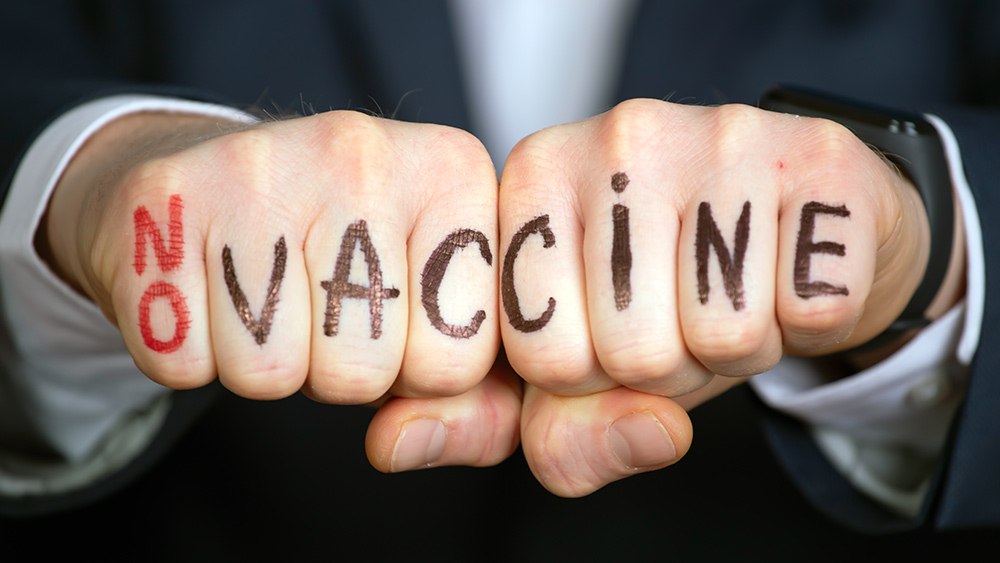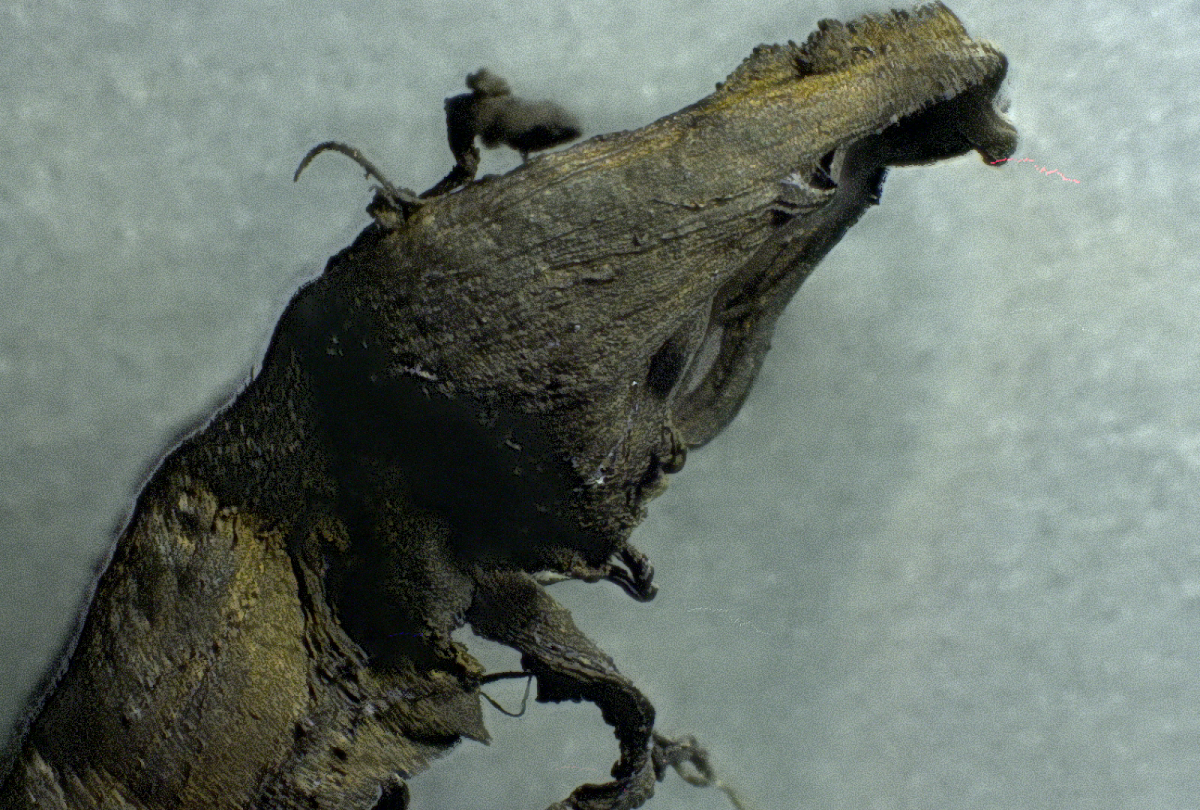Mutation has caused the coronavirus to become more contagious but less deadly, says new study
11/18/2020 / By Virgilio Marin
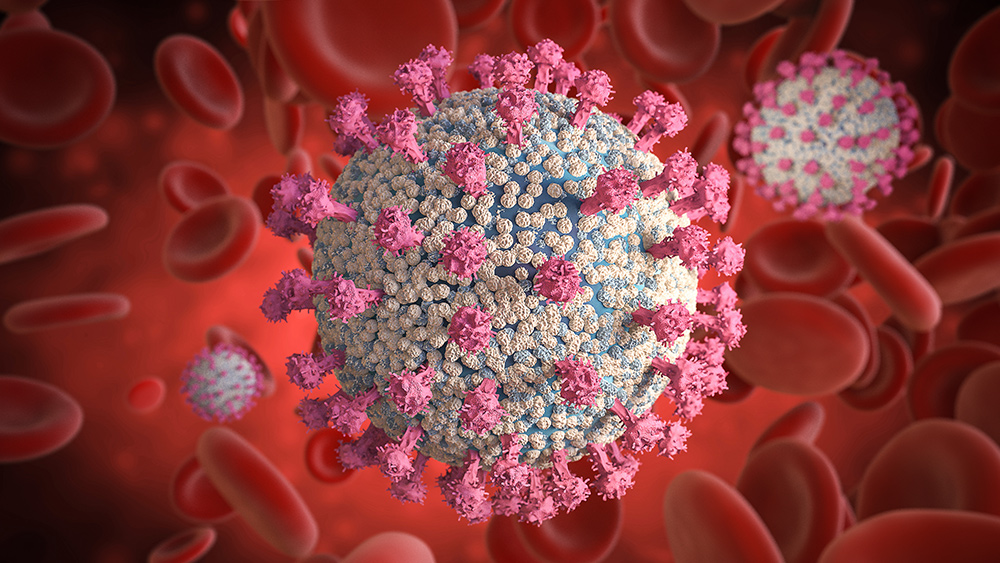
Recent studies have shown that mutation of SARS-CoV-2, the virus behind COVID-19, is not only becoming more prevalent but is also more contagious than its original strain. This potentially makes the virus more virulent than when it first spread out in Wuhan, China — where the first cases of COVID-19 were reported.
In fact, American scientists noted at least 85 percent of all the global cases — and nearly all of the cases in key American locations — were caused by this variant, which they called D614G. Upon analysis of how this strain differed from others, they found that it produces a higher viral load in the upper respiratory tract, which makes a sneeze or cough more contagious.
Mutated coronavirus strain now dominant worldwide
In a Nature article published in September, D614G was first spotted in viruses collected from China and Germany in late January. Before March, unmutated viruses were prevalent in most of the western European countries. But in March, mutations like D614G became more frequent across Europe and were dominant by April.
In fact, a study published in the journal Cell found that D614G comprised more than 70 percent of the global COVID-19 cases by May and is now thought to be responsible for more than 85 percent of all infections worldwide.
In some areas in the U.S., the mutated strain is almost ubiquitous. A September study found that 99 percent of all COVID-19 cases in a New York hospital were caused by D614G. Similarly, a study published November in mBIO found that nearly all of the infections at a hospital in Houston were caused by D614G. Researchers said the variant was responsible for only 70 percent of all cases at the hospital during the initial wave of the pandemic in the spring. However, when the second wave hit Houston during the summer, the prevalence of this variant jumped to 99.9 percent.
“The virus continues to mutate as it rips through the world,” said co-author Ilya Finkelstein of the University of Texas at Austin.
Mutated strain may be more contagious
In the early days of the COVID-19 pandemic, the dominant version of SARS-CoV-2 was the “D” strain. However, a mutation later cropped up at one specific location, called position 614, on the spike protein of the virus – the part of the virus that hijacks the human receptor ACE-2 and is key to infecting healthy cells.
The location of the mutation is critical, as it affects how the virus cleaves in half after infiltrating a cell. In fact, D614G takes its name from how it mutated after one amino acid changed from aspartate (D) to glycine (G).
While it’s still unclear how this strain became prevalent, recent studies suggest that it may be more infectious than the first strain that emerged in Wuhan. A study led by the University of Texas Medical Branch compared the D and G strains in laboratory hamsters and human cell models to see how these strains altered the trajectory of a coronavirus infection. The researchers found that the G strain may be more contagious, as it enhances viral loads in the upper respiratory tract of COVID-19 patients. Higher viral loads increase the odds that the virus will spread when a person coughs or sneezes. (Related: WHO: Coronavirus is more deadly than originally thought.)
In the first study, Finkelstein’s team also found that the patients infected with D614G had higher viral loads in their noses when they tested positive for COVID-19 compared to those infected with unmutated strains of the virus. In addition, they observed that antibodies that prevent other strains of SARS-CoV-2 from infecting human cells had a weaker effect on D614G.
These findings heighten concerns that a vaccine, once produced, may be useless, as the viral mutations cause the virus to change shape. This means the target of the vaccine has now adapted.
If this were the case with SARS-CoV-2, then a new vaccine might be needed every time the coronavirus mutates.
Infections.news has more on the Wuhan coronavirus pandemic.
Sources include:
Submit a correction >>
Tagged Under:
coronavirus, covid-19, discoveries, infectious disease, outbreak, pandemic, research, SARS-CoV-2, superbugs, viral infections, virus mutation
This article may contain statements that reflect the opinion of the author
RECENT NEWS & ARTICLES
Pandemic.News is a fact-based public education website published by Pandemic News Features, LLC.
All content copyright © 2018 by Pandemic News Features, LLC.
Contact Us with Tips or Corrections
All trademarks, registered trademarks and servicemarks mentioned on this site are the property of their respective owners.

